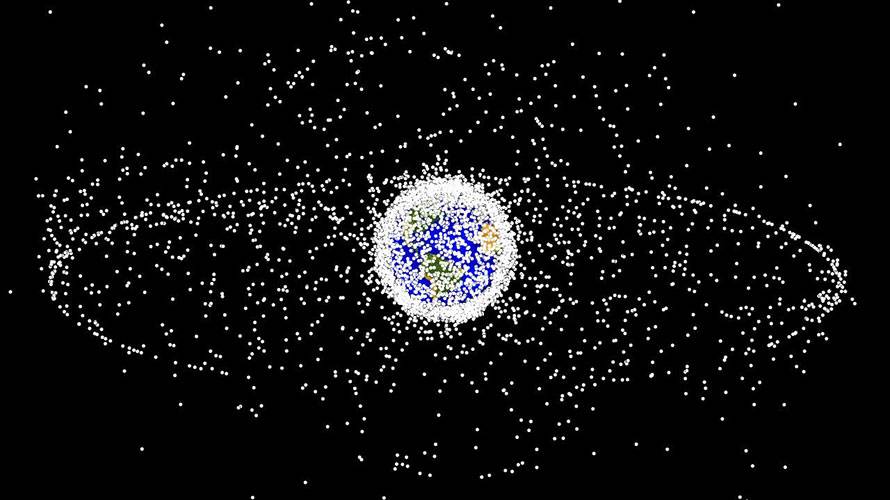NSS has just released a new Position Paper: “An SPD-3 and NAPA Informed Model for a Safe and Sustainable Space Economy: Six Recommendations.” (Above illustration of space debris courtesy NASA.)
Abstract
The U.S. Administration’s Space Policy Directive-3 (SPD-3) in 2018 called for the Department of Commerce to establish and manage an Open Architecture Data Repository to share publicly releasable Space Situational Awareness data with space entities worldwide and to become responsible for Space Traffic Management. In support of the Directive, the National Academy of Public Administration (NAPA) in August 2020 recommended that the Office of Space Commerce in the Department of Commerce be selected to conduct the expanded Space Situational Awareness and Space Traffic Management mission. The National Space Society (NSS) recommends that adequate funding and authority be given to Commerce for this expansion.
The Soviet Union/Russia, the United States, and China are responsible for the great mass of debris left in orbit from their heritage spacecraft launches. NSS recommends that, in their mutual interest, the United States carry out agreements with Russia and China to clean up the mass they left in orbit. NSS also recommends that the commercial space industry voluntarily take proactive steps to help establish national and international trust funds for orbital debris cleanup and safety maintenance in the orbital bands they plan to use for their satellite constellations and orbital infrastructure. Ideally, such proactive moves by the commercial space industry would be carried out in collaboration with government. Finally, NSS recommends that maritime lessons for limiting liability risk and cost be applied to the space context.




















3 thoughts on “An SPD-3 and NAPA Informed Model for a Safe and Sustainable Space Economy: Six Recommendations”
Difficult situation since there is no financial incentive to clean up debris and the major stake holders differ in what may or may not be acceptable risk.
Unfortunately much of the debris may also involve classified or sensitive technologies that govs are ill at ease to allow access to. The DMSP fleet & other similar DOD constellations come to mind.
Then there are the rocket bodies & other debris that are hazardous in their own right. You are doing classified hazmat incidents at 17,000 mph in a shooting range with multiple hazards. Then do you burn it up in the atmosphere or return to ground? What are the long term effects of all these heavy metals & hazmat burning up in the atmosphere? Remember conservation on matter. We just got it really hot & (hopefully) torn to really small pieces!
That ‘space junk (debris)’ is being acknowledged is a first step towards the solution. Accountability recognition is the next step. To Mr. Mancuso’s argument, what is the incentive to prevent future human sacrifice, or a potential cascade chain reaction event that can catapult humanity into the stone age, if not due to our critical system dependencies, cause our complete destruction worth? Because it hasn’t happened has absolutely no bearing on future events. The number of items going up and through the ‘debris field’ are NOT decreasing but just the opposite. The space community, like a kid in a candy store, looks at the potential sweetness of opportunities. They are counting on ‘capital’ (AKA funding) from a population (government/private sectors) hoping they can pull off miracles that will be profitable, entertaining and exciting, until a nut, screw, fleck of paint traveling 17,000 MPH hits the sweet spot, and people die, a navigational system fails steering a vehicle straight into the oncoming path of the ISS. Who’s gonna want to fund ‘those reckless space cowboys?’ AND, there will be no excuse. They have known, they have been told, and warned. Dismiss this at your peril. IMHO